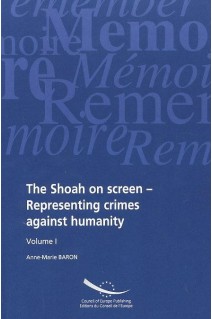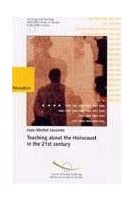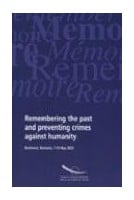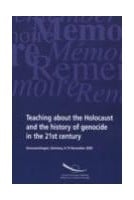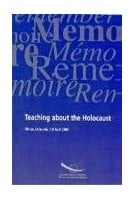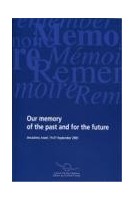In attempting to portray the Holocaust and crimes against humanity on the big screen, film-makers generally have to address the key question of realism. This is both an ethical and an artistic issue. The full range of approaches has been adopted, covering documentaries and fiction, historical reconstructions such as Steven Spielberg's Schindler's List, depicting reality in all its details, and more symbolic films such as Roberto Benigni's Life is beautiful. Some films have been very controversial, and it is important to understand why.Is cinema the best way of informing the younger generations about what took place, or should this perhaps be left, for example, to CD-Roms, videos or archive collections? What is the difference between these and the cinema as an art form? Is it possible to inform and appeal to the emotions without being explicit? Is emotion itself, though often very intense, not ambivalent? These are the questions addressed by this book which sets out to show that the cinema, a major art form today, cannot merely depict the horrors of concentration camps but must also nurture greater sensitivity among increasingly younger audiences, inured by the many images of violence conveyed in the media.
